Back to Courses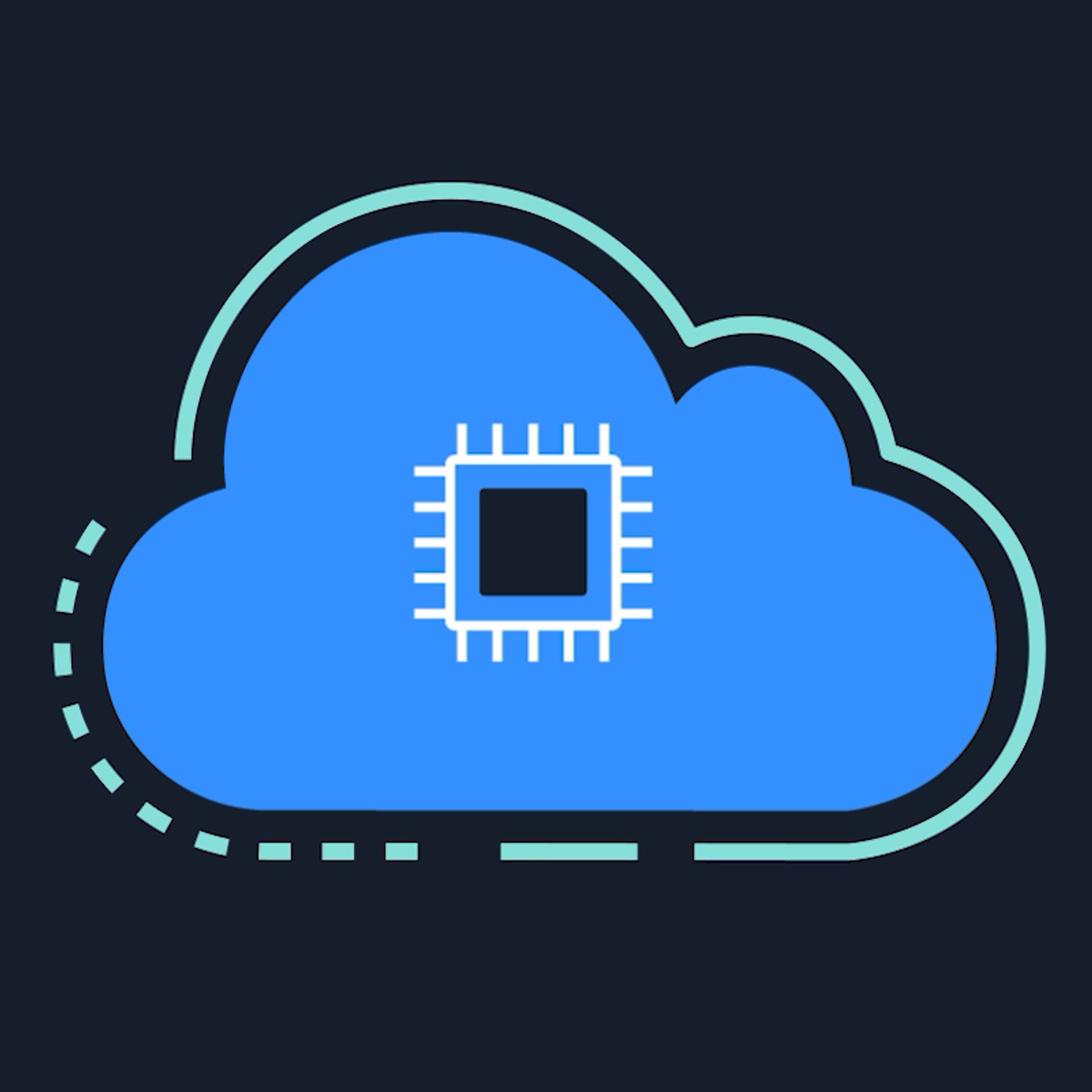

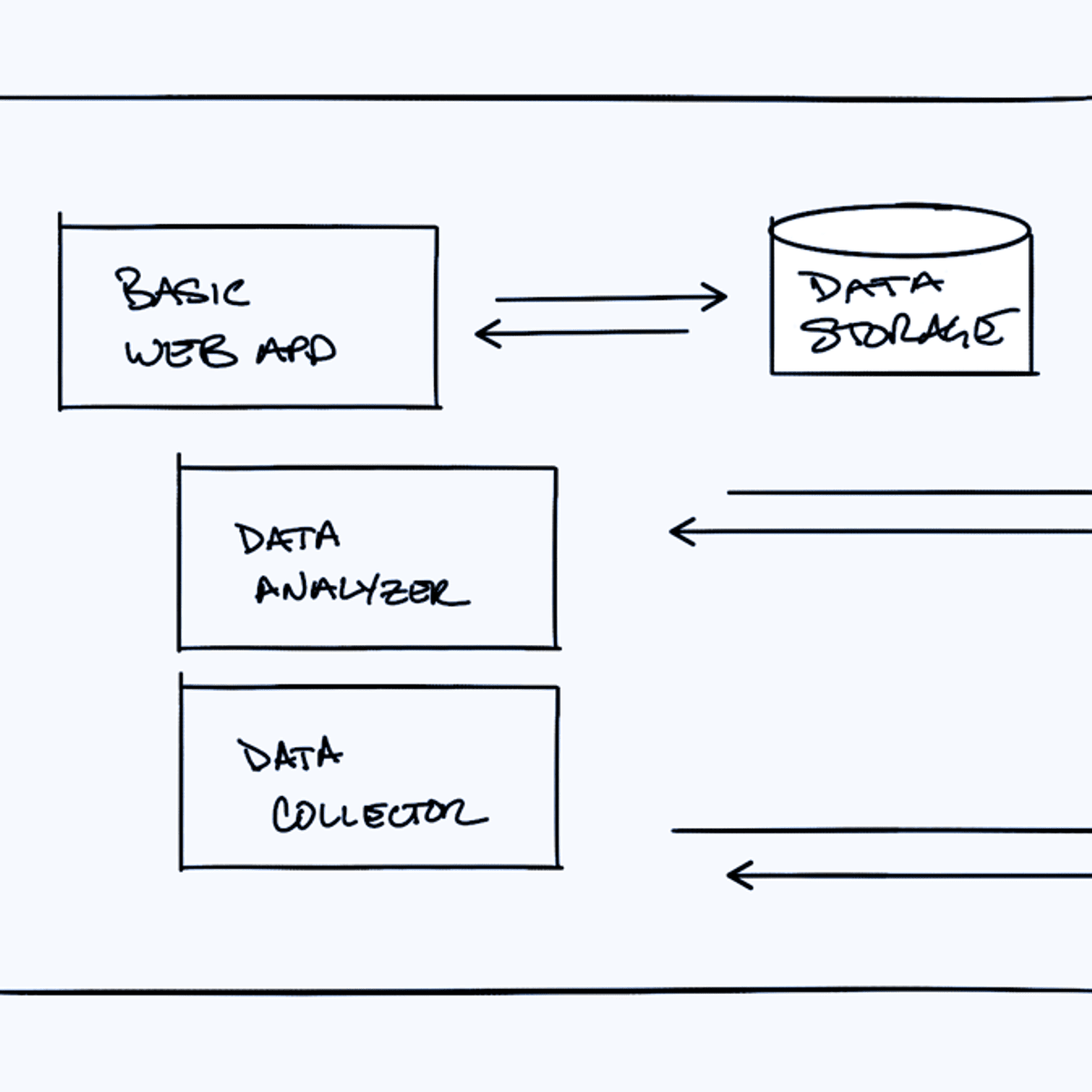

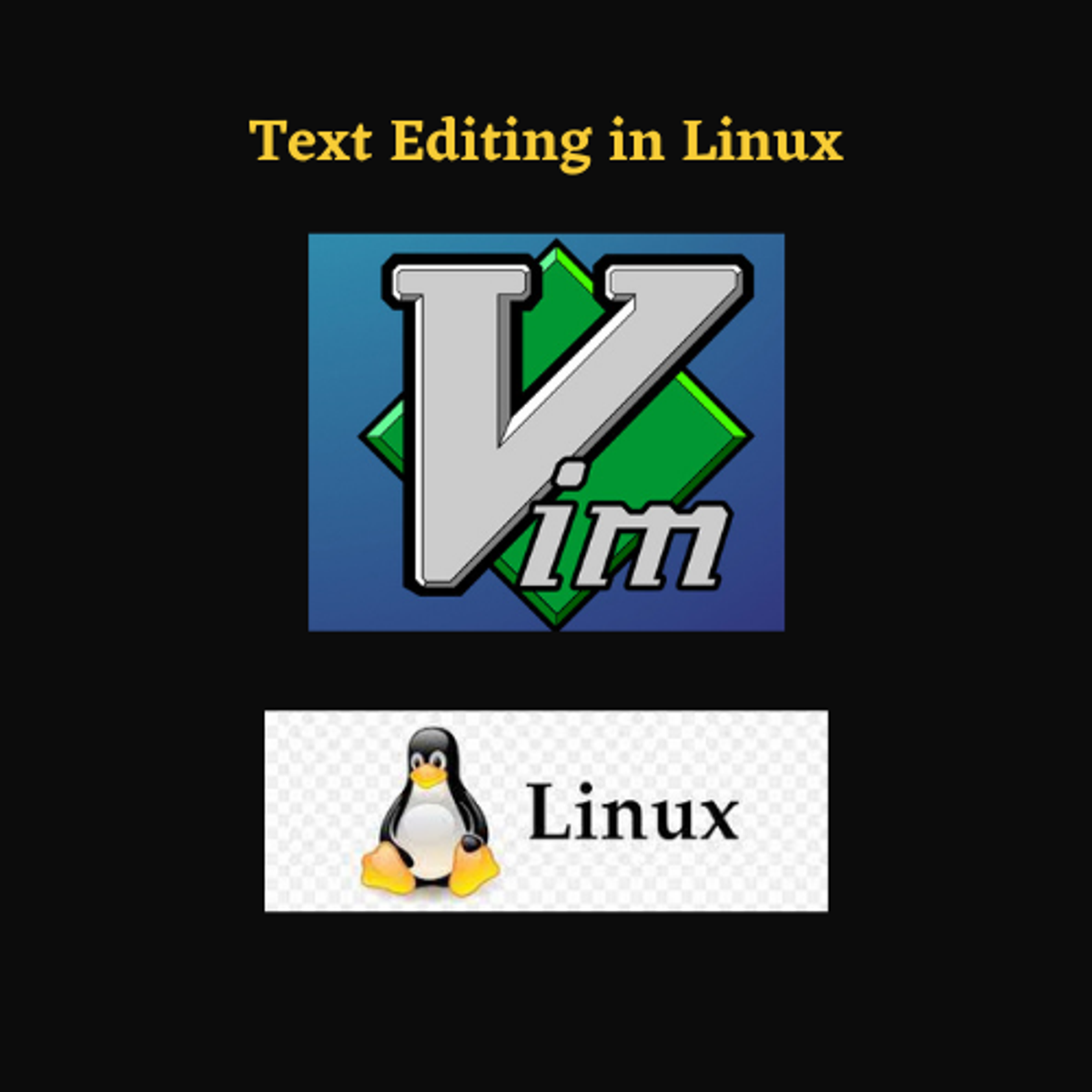
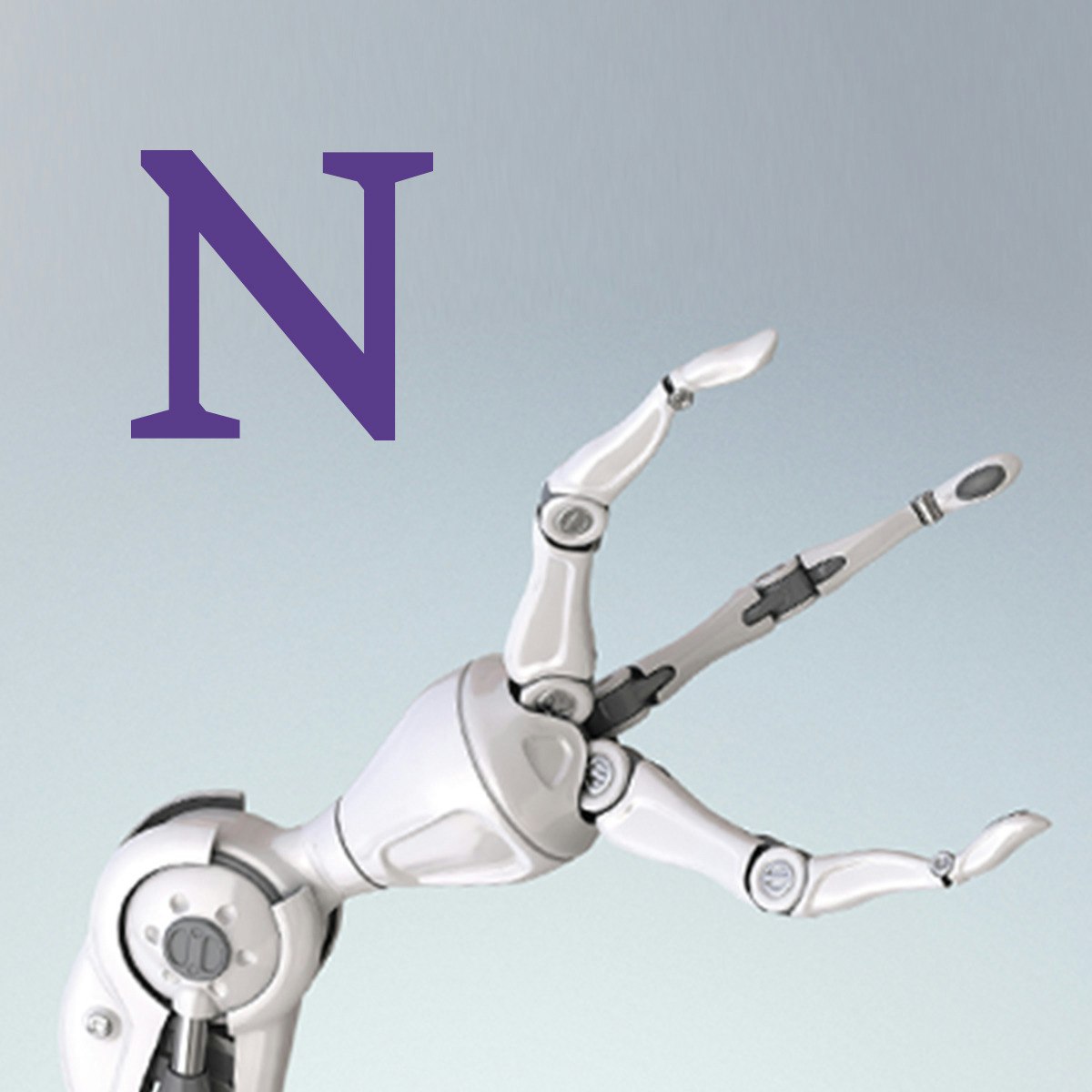



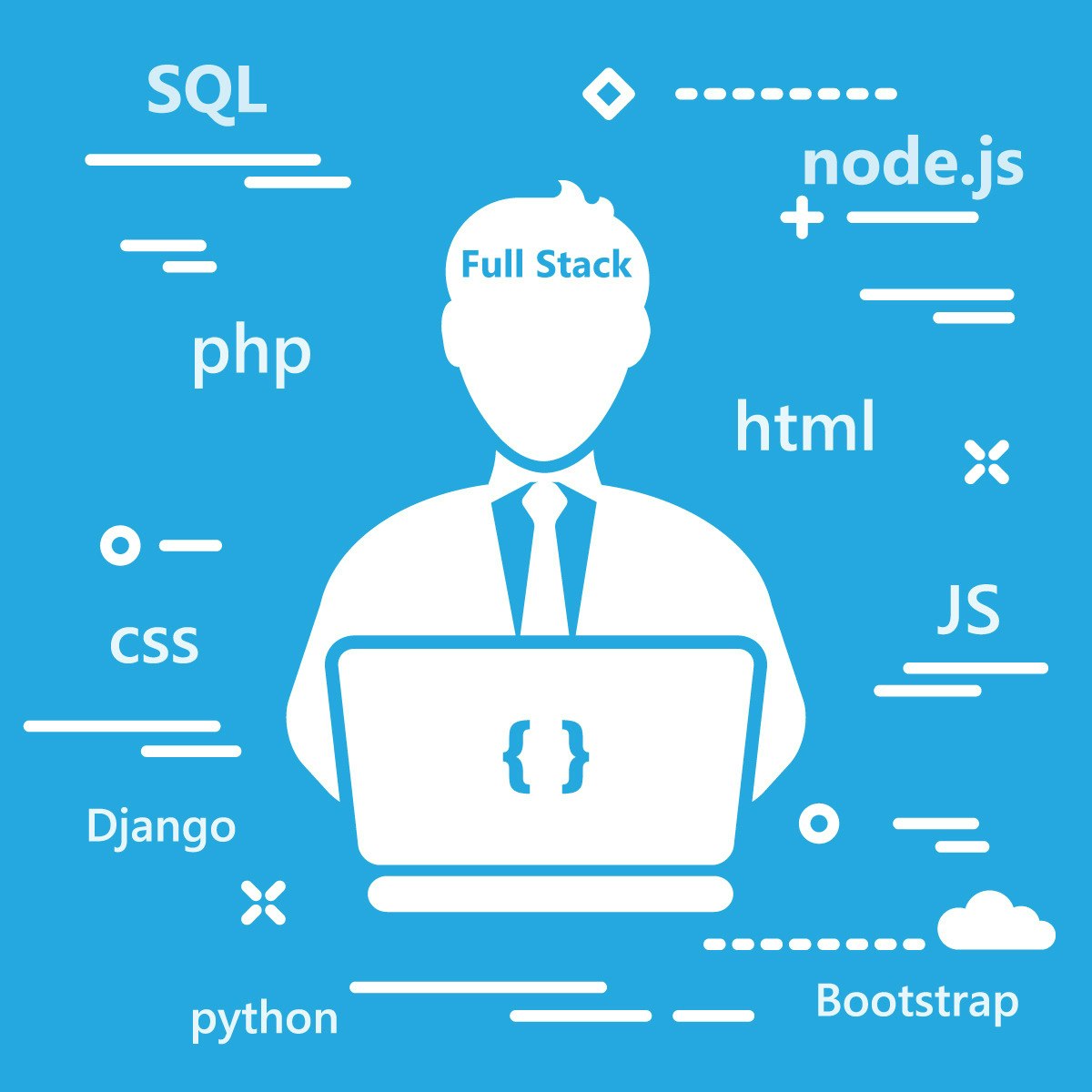
Computer Science Courses - Page 161
Showing results 1601-1610 of 2309

AWS Cloud Practitioner Essentials
Welcome to AWS Cloud Practitioner Essentials. If you’re new to the cloud, whether you’re in a technical or non-technical role such as finance, legal, sales, marketing, this course will provide you with an understanding of fundamental AWS Cloud concepts to help you gain confidence to contribute to your organization’s cloud initiatives. This course is also the starting point to prepare for your AWS Certified Cloud Practitioner certification whenever it’s convenient for you.
After you complete the course, you’ll understand the benefits of the AWS Cloud and the basics of its global infrastructure. You’ll be able to describe and provide an example of the core AWS services, including compute, network, databases, and storage. For the finance-minded, you’ll be able to articulate the financial benefits of the AWS Cloud, define core billing and pricing models, and learn how to use pricing tools to make cost-effective choices for AWS services.

Cyber Threat Intelligence
This course gives you the background needed to gain Cybersecurity skills as part of the Cybersecurity Security Analyst Professional Certificate program.
You will understand network defensive tactics, define network access control and use network monitoring tools. You will understand data protection risks and explore mobile endpoint protection. Finally you will recognize various scanning technologies, application security vulnerabilities and threat intelligence platforms.
This course also gives you hands on access to cybersecurity tools important to a system analyst.
This course is intended for anyone who wants to gain a basic understanding of Cybersecurity or as the sixth course in a series of courses to acquire the skills to work in the Cybersecurity field as a Cybersecurity Analyst.
The completion of this course also makes you eligible to earn the Cyber Threat Intelligence IBM digital badge. More information about the badge can be found https://www.youracclaim.com/org/ibm/badge/cyber-threat-intelligence.
In this course, you will learn to:
• Describe examples of network defensive tactics.
• Discuss data loss prevention and endpoint protection concepts and tools.
• Explore a data loss prevention tool and learn how to classify data in your database environment.
• Describe security vulnerability scanning technologies and tools.
• Recognize application security threats and common vulnerabilities.
• Identify the key concepts around threat intelligence.
• Explore a SIEM product and review suspicious alerts and how to take action.

Applications of Software Architecture for Big Data
The course is intended for individuals who want to build a production-quality software system that leverages big data.
You will apply the basics of software engineering and architecture to create a production-ready distributed system that handles big data. You will build data intensive, distributed system, composed of loosely coupled, highly cohesive applications.
Applications of Software Architecture for Big Data can be taken for academic credit as part of CU Boulder’s Master of Science in Data Science (MS-DS) degree offered on the Coursera platform. The MS-DS is an interdisciplinary degree that brings together faculty from CU Boulder’s departments of Applied Mathematics, Computer Science, Information Science, and others. With performance-based admissions and no application process, the MS-DS is ideal for individuals with a broad range of undergraduate education and/or professional experience in computer science, information science, mathematics, and statistics. Learn more about the MS-DS program at https://www.coursera.org/degrees/master-of-science-data-science-boulder.

Endless Runner Game using Unity Engine and C#
In this 1-hour long project-based course, you will learn how to build a fully functioning game using Unity engine and C# through learning about the environment in Unity, the game objects and the cameras. You will also be able to build a collision system, design the game and add more scenes, menus and music system to the game.
Note: This course works best for learners who are based in the North America region. We’re currently working on providing the same experience in other regions.

Text Editing in Linux
In this guided project, you will learn about editing text with Linux using Vim which is one of the oldest and most advanced text editors with Linux. You will also learn about the various modes while using Vim and You will also learn how to highlight, search, replace and delete contents of a file.

Modern Robotics, Course 3: Robot Dynamics
Do you want to know how robots work? Are you interested in robotics as a career? Are you willing to invest the effort to learn fundamental mathematical modeling techniques that are used in all subfields of robotics?
If so, then the "Modern Robotics: Mechanics, Planning, and Control" specialization may be for you. This specialization, consisting of six short courses, is serious preparation for serious students who hope to work in the field of robotics or to undertake advanced study. It is not a sampler.
In Course 3 of the specialization, Robot Dynamics, you will learn efficient numerical algorithms for forward dynamics (calculating the robot's acceleration given its configuration, velocity, and joint forces and torques) and inverse dynamics (calculating the required joint forces and torques given the robot's configuration, velocity, and acceleration). The former is useful for simulation, and the latter is useful for robot control. You will also learn how to plan robot trajectories subject to dynamic constraints.
This course follows the textbook "Modern Robotics: Mechanics, Planning, and Control" (Lynch and Park, Cambridge University Press 2017). You can purchase the book or use the free preprint pdf. You will build on a library of robotics software in the language of your choice (among Python, Mathematica, and MATLAB) and use the free cross-platform robot simulator V-REP, which allows you to work with state-of-the-art robots in the comfort of your own home and with zero financial investment.

AR (Augmented Reality) & Video Streaming Services Emerging Technologies
Welcome to the course “Augmented Reality & Video Service Emerging Technologies.” The level of AR (Augmented Reality) and advanced video & multimedia technology included in a product is what determines the level of value and luxury. The objective of this course is to teach all important technologies that are used in state-of-the-art AR, Skype, and YouTube video and multimedia products and services. This includes the advanced video and real-time multimedia delivery mechanisms based on H.264/MPEG-4 AVC, MPEG-DASH, CDN, and mobile CDN. If you have knowledge of these core technologies, you can understand the operations that are used in every advanced video and multimedia system in the World. As the future World of business and products are driven to be more and more video and multimedia oriented, having knowledge of these core technologies will enable you to lead your company to become the true World leader in AR and video multimedia technology products, services, and business. Thus, I cordially welcome you into the beautiful and powerful World of advanced AR and video multimedia!

Managing Scope in a Java Enterprise Edition Application
We’ll learn the purpose and some of the features of sessions. We’ll review basic servlet construction, examine servlet lifecycle, and take a look at how servlets maintain state. We’re going to dive a little deeper into session management, including request scope, application scope, and cookies.

Web Application Development: Basic Concepts
This is the first course in a Coursera Specialization track involving Web Application Architectures. This course will give you the basic background, terminology and fundamental concepts that you need to understand in order to build modern full stack web applications. A full stack web developer is familiar with each "layer" of the software technologies involved in a web application, including data modeling and database technologies, the web server environment and middleware components, network protocols, the user interface and basic visual design and user interaction concepts.
In this course we will learn by doing. We will start by learning the major components of web application architectures, along with the fundamental design patterns and philosophies that are used to organize them. You will build and continually refine a fully functional full-stack web application as we progress through the modules in this course. Along the way you will be exposed to agile software development practices, numerous tools that software engineers are expected to know how to use, and a modern web application development framework.
This course is also available in Spanish. To join the Spanish version, visit this page: https://www.coursera.org/learn/apliweb.

Full Stack Cloud Development Capstone Project
In this project you will demonstrate the skills that you have mastered in cloud native application development. You will apply your new knowledge to a real-life challenge and use your expertise to develop a successful solution.
The project provides you with an opportunity to solidify your full stack proficiency. As you design a dynamic user experience, you will work with GitHub actions to build, test, and deploy your application. You will develop frontend pages, add user administration, build actions for database operations, create backend services, make connections with cloud native APIs, and launch CI/CD pipelines. You will boost your capabilities with cloud native services, JavaScript, Django, JSON, IBM Cloud Foundry, Python, and Kubernetes. Then you will devise a solution for managing the containerized deployment of your application.
When you complete this project, you will have a working cloud native application showpiece that will impress potential employers.
